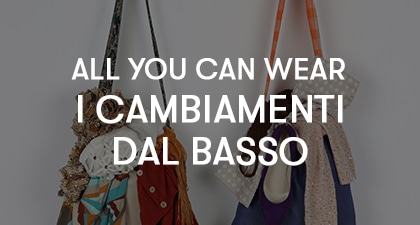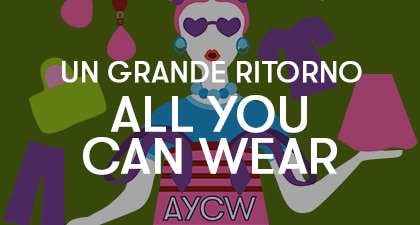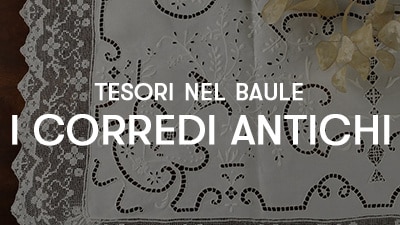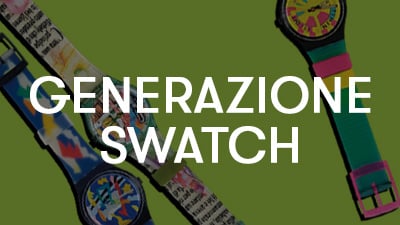Good lines, evil lines: pt. 1
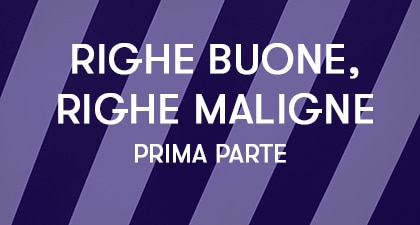
Stripes have always been a staple in our wardrobe, especially during the summer season. Zigzag stripes in Missoni style, white and blue stripes with a Riviera feel, colorful stripes to celebrate summer, black and white stripes for the more formal… They are a graphic element that, in fashion, is interpreted in countless ways while maintaining a well-defined identity, distinct from other patterns. Visually striking, they stand out, assert themselves, and catch the eye.
However, stripes have not always enjoyed the success they do in recent times. Some time ago, we read a book titled “The Devil’s Cloth” by Michel Pastoureau, which traces the history of stripes from before the year 1000 to modern times, and we found it incredibly enlightening. We have therefore decided to present you with a kind of super-summary of the contents of this fascinating book, in two installments.

So, let’s begin: even before the year 1000, negative connotations regarding striped clothing can be found in the pages of the Bible. Think of Cain, Delilah, Saul, Salome, Judas— all depicted wearing stripes and all in some way traitors.
In the Middle Ages, many documents describe striped garments as transgressive, clownish, outrageous—in a word, scandalous (solid-colored clothing was the norm and therefore less documented). The ecclesiastical society was the first to oppose stripes: numerous decrees prohibited clergy from wearing any type of two-toned garment.

An explanation for why medieval people viewed striped patterns negatively might lie in the perception of surfaces at the time. Solid-colored surfaces were contrasted with everything else, reflecting the rigid value structure of the era: on one side, socially accepted norms, and on the other, transgression (with varying degrees of “severity”).
Solid colors, as mentioned, were the norm and considered neutral. The polka-dotted pattern, on the other hand, was viewed positively, even solemnly and divinely, because it essentially consisted of a monochromatic base overlaid with small geometric figures that clearly and unequivocally faced the observer.
Animal print, being the irregular version of polka dots, was therefore the worst pattern for medieval people: it symbolized confusion, transgression, and disorder. Indeed, it often appeared in depictions of demons and satanic creatures.

Finally, stripes, as mentioned, were also viewed negatively but less so than animal print. They consisted of two solid colors (considered neutral on their own, as we recall) juxtaposed, and they evoked ambiguity, lack of clarity, and difference (stripes attract attention more than any other pattern or texture). And since the Middle Ages celebrated rules, uniformity, and clarity, it follows that stripes could only be seen as somewhat sinister.
Did we intrigue you with this captivating story? We hope so! Perhaps you are reading this on a deckchair, in the shade of a striped umbrella… and why is this pattern so common on beaches? We have the answer, and we’ll share it in Part 2 of this short story!


